Anxiety - IELTS Reading Answers
8 min read
Updated On
-
Copy link
Take a look at the Anxiety IELTS Reading Answers with location to test your reading skills for a band 9. Also, learn how to approach various IELTS reading questions & improve your reading strategy by looking at the answer explanations given here.
Table of Contents

Limited-Time Offer : Access a FREE 10-Day IELTS Study Plan!
In spite of strong reading skills, your performance during the IELTS Reading test can be adversely affected by anxiety.
In most cases, it affects people more than their ability to perform well in a timed section because they rush through passages, second guess their answers, or blank out during the test. To avoid such a situation, it is wise to start solving single passages, like the 'Anxiety,' from complete IELTS Reading practice tests.
So, in this blog, we will solve Anxiety IELTS Reading Answers, provide explanations, locations for the answers, and tips to help you handle the two different types of reading question types given with this passage.
Learn some quick tips from the video below on how to score band 8777 in IELTS!
Question Types for Anxiety IELTS Reading Answers
The passage, Anxiety Reading Answers, is an IELTS Academic reading passage that consists of 13 questions. So, solving this passage will help you get acquainted with different IELTS Reading question types with examples. The question types found in it are:
- IELTS Reading Matching Endings (Q. 1-3)
- IELTS Reading Short Answer Questions (Q. 4-6)
- IELTS Reading Table Completion (Q.7-13)
Willing to learn proven tips and techniques for IELTS Reading!
Sign up for free IELTS online classes with our IELTS experts
Passage & Questions for Anxiety IELTS Reading Answers PDF
Read the following passage, Anxiety, from IELTS recent actual tests in the given PDF and familiarize yourself with the different IELTS Reading question types with examples provided with it.
Anxiety
You should spend about 20 minutes on Questions 1-13, which are based on the Reading Passage below.
Find the practice test with the Anxiety PDF here.
Anxiety IELTS Reading Answers With Location and Explanations
Here is the answer key with the Anxiety IELTS Reading Answers locations and detailed explanations, so you can prepare yourself to score a high IELTS band score.
1 Answer: A
Question type: Matching Sentence Endings
Answer location: Paragraph C, line 2
Answer explanation: The 2nd line of paragraph C, mentions that anxiety helps individuals to focus on things when they have deadlines. For example, If someone is driving too fast when we cross the road it helps us to jump out of the way quickly. So, there’s nothing wrong with anxiety in general, and in fact, there’d be difficulties if individuals don’t experience anxiety to some extent. Thus, these lines justifies that the small amount of the presence of anxiety is beneficial for an individual. Therefore, the answer is A.
2 Answer: C
Question type: Matching Sentence Endings
Answer location: Paragraph C, line 7
Answer explanation: In the seventh line of paragraph C, we understand that anxiety can get problematic if the danger is imagined or exaggerated, rather than real. In cases like these, if the perceived danger is persistent and out of proportion to the real danger, then there’s a danger of an anxiety disorder. Thus, it is evident that imagining or exaggerating problems can lead to unhelpful levels of anxiety or an individual may become prone to anxiety disorder. Hence, the answer is C.
3 Answer: D
Question type: Matching Sentence Endings
Answer location: Paragraph C, last 2 line
Answer explanation: In the 2nd last line of paragraph C, it is mentioned that 17% of the population will have an anxiety disorder at some stage in their life. These lines clearly indicate that one in 5 people can experience anxiety at some point. So, the answer is D.
4 Answer: (The) amygdala
Question type: Short Answer Questions
Answer location: Paragraph D, line 7
Answer explanation: We find reference for the question in the 7th line of paragraph D, where we understand that using brain imaging technology and neurochemical techniques, scientists have discovered that the amygdala plays a significant role in most anxiety disorders. Thus, the answer is (the) amygdala, which has been discovered by the scientists.
5 Answer: 10%
Question type: Short Answer Questions
Answer location: Paragraph F, line 2 – 3
Answer explanation: In the 2nd line of paragraph F, we understand that only 10% of people with an anxiety disorder will seek treatment. Thus, the answer is 10%.
6 Answer: (their) personality
Question type: Short Answer Questions
Answer location: Paragraph F, line 5
Answer explanation: We understand from the fifth line of paragraph F, that most people tend to think that they’ve had anxiety for most of their lives, so it’s just their personality, which cannot be changed. So, they feel rather hopeless about anxiety. Thus, the correct answer is (their) personality.
7. Answer: graded
Question type: Table Completion
Answer location: Paragraph G, line 2 – 3
Answer explanation: The introductory line of paragraph G, illustrates that the first psychotherapy treatment shown to be effective was exposure therapy, which encouraged people in a graded way to go into their feared situations and stay in them as long as they can and build their confidence that way. It is clear that people faced their fears in a graded manner. So, the correct answer is Graded.
8 Answer: therapist
Question type: Table Completion
Answer location: Paragraph G, line 5
Answer explanation: The fifth line of paragraph C, elucidate that often the therapist would accompany the person to a feared situation to provide support and guidance. So, it is clear that the therapist accompanied the patients. Hence, the answer is Therapist.
9 Answer: (negative) thoughts
Question type: Table Completion
Answer location: Paragraph G, last 3 lines
Answer explanation: In the last 3 lines of paragraph G describes that the talking therapy helps people to understand the link between negative thoughts and mood and how altering their behaviour can enable them to manage anxiety and feel in control. Thus, the correct answer is (negative) thoughts.
10 Answer: behaviour
Question type: Table Completion
Answer location: Paragraph G, last 2 lines
Answer explanation: The 2nd last line of paragraph G, illustrates that talking therapy helps people to understand the link between negative thoughts and mood and how altering their behaviour can enable them to manage anxiety and feel in control. Hence, the correct answer is behaviour.
11 Answer: psychotherapy
Question type: Table Completion
Answer location: Paragraph H, line 2 – 3
Answer explanation: We understand from the 2nd lines of paragraph H that intake of medications will not cure anxiety disorders, but it could be controlled only if the affected person receives psychotherapy. So, the answer is Psychotherapy.
12 Answer: endorphins
Question type: Table Completion
Answer location: Paragraph I, lines 4 – 5
Answer explanation: The fourth line of paragraph I states that exercise and other physical activities produce endorphins which are chemicals in the brain that act as natural painkillers. So, the correct answer is Endorphins.
13 Answer: insomnia
Question type: Table Completion
Answer location: Paragraph I, last 4 lines
Answer explanation: we understand from the last four lines of paragraph I, that people suffering from anxiety have problems with insomnia, just the ability to get good sleep can change people’s perspecives. Thus, the correct answer is insomina.
Want to improve your IELTS Academic Reading score?
Grab Our IELTS Reading Academic Ebook Today!
Tips for Answering the Question Types in Anxiety IELTS Reading Answers
Since you have solved the Anxiety Reading Answers with location, let us check out some quick IELTS exam preparation tips for band score of 8+ and to help answer the types of questions in the passage above.
Matching Sentence Endings
It is one of the question types that does not appear as frequently as other questions. It requires the test-taker to match the correct endings for each sentence by selecting the ending from the list of options. As the sentence will be related to the sentences in the passage, test-takers must make sure to write relevant answers that match the sentence. Here are some tips to follow while solving this type of questions:
- Read both the beginnings and endings carefully before matching. This helps you understand the context and avoid rushing into assumptions.
- Identify keywords in the sentence stems such as ‘small doses of anxiety’, ‘imagining’, and ‘one in five people’. These will help you locate relevant information in the text.
- Match the logical cause and effect. For example, if the text says anxiety can be helpful in small amounts, pair it with an ending like ‘be very beneficial’. If the text states that exaggerating leads to worse anxiety, connect it to ‘lead to unhelpful levels of anxiety’.
- Be cautious of distractors. There may be similar-looking endings, read the passage paragraph-by-paragraph and eliminate those not directly supported.
Short Answer Questions
They are one of the simplest question types in the IELTS reading passage, requiring the test-taker to simply read the text and answer the questions using the number of words specified in the instruction. Test-takers can skim the passage, identify and scan the keyword, and recognize synonyms and paraphrasing to answer the questions. Here’s how you can solve the questions with the passage:
- Underline the exact question focus (e.g., ‘area of the brain’, ‘proportion’, ‘part of themselves’).
- Scan for precise terms rather than synonyms. If the text says ‘amygdala’ and the question asks about a brain area, that is your answer.
- Pay attention to word limits. It should not be more than three words and/or a number, as mentioned in the instructions. Do not write full sentences.
- Read the sentence before and after the likely answer sentence to confirm you are choosing the correct detail.
Table Completion
They are one of the prevalent types of questions in the IELTS reading test, wherein the test-taker must fill in the blanks in the table with the appropriate number of words taken from the reading passage. The completed sentence in the table must be grammatically correct, and the words filled in the blank spaces shouldn’t exceed the number of words mentioned in the instruction. Here are some pointers to help you solve it:
- Follow the structure of the table closely. It is usually arranged methodically, e.g., treatment name > description > effect.
- Scan the passage for treatment headers such as ‘Exposure Therapy’ or ‘Cognitive Behaviour Therapy’, then read that paragraph carefully.
- Look for adjectives or sequencing words to find how something is done (e.g., ‘gradual’ for ‘fashion’).
- Use the exact wording from the text. If the passage says ‘gradual manner’, the correct answer for the gap is likely ‘gradual’.
- Watch for grammar consistency. Since the table requires NO MORE THAN TWO WORDS, ensure you extract exact matches, not paraphrased or rephrased content.
In conclusion, practicing various IELTS Reading topics for General and Academic, such as Anxiety IELTS Reading Answers, enhances your reading speed, makes you familiar with the type of questions, and strengthens your ability to locate important information, all of which are crucial to achieving a high band score. Be prepared to achieve your dream band score and make your dream come true.
Useful Links:
Practice IELTS Academic Reading based on question types

Start Preparing for IELTS: Get Your 10-Day Study Plan Today!
Explore other Reading Practice Tests
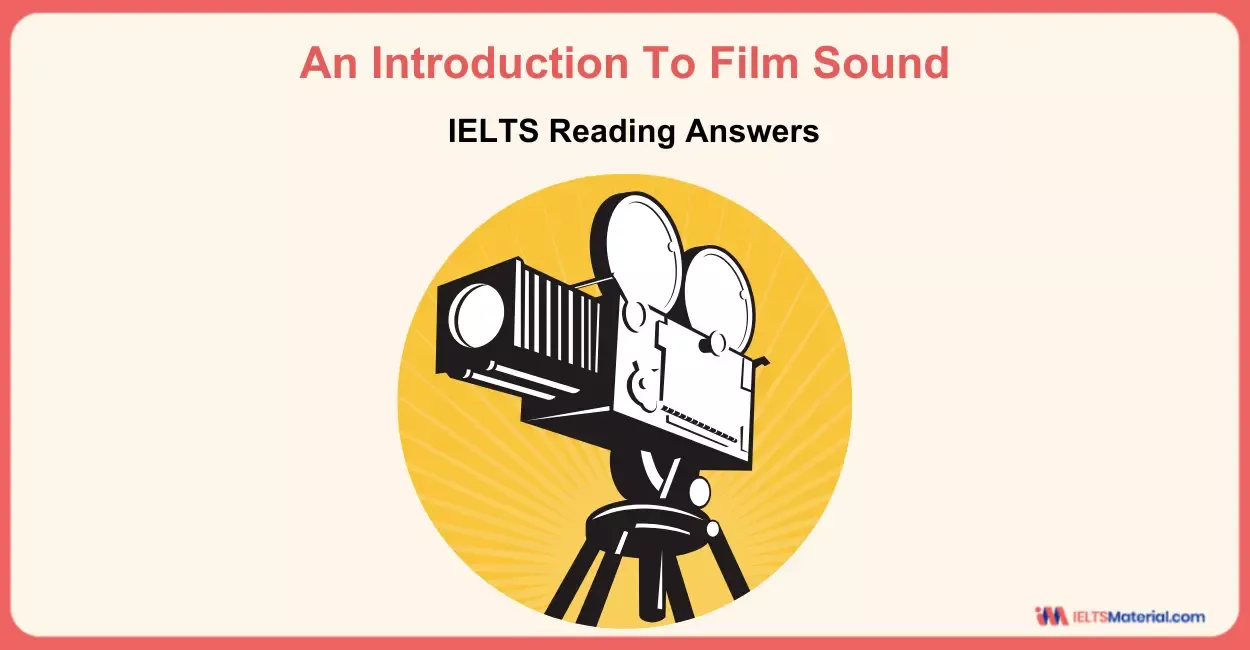
Kasturika Samanta
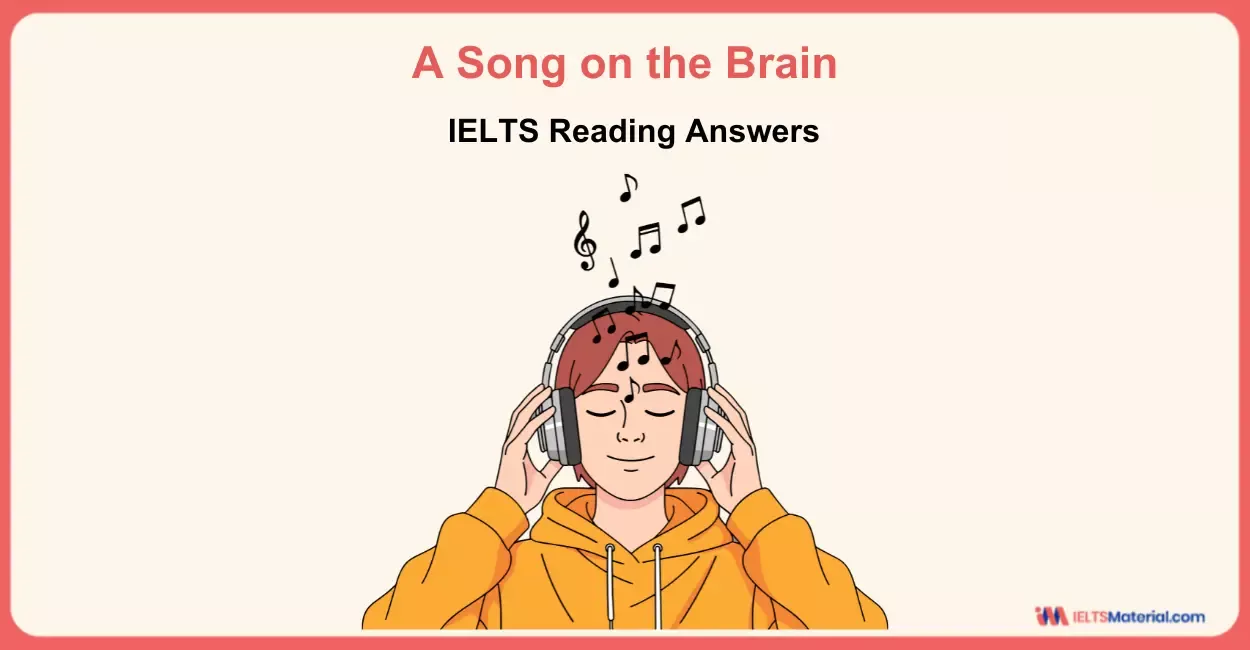
Nehasri Ravishenbagam
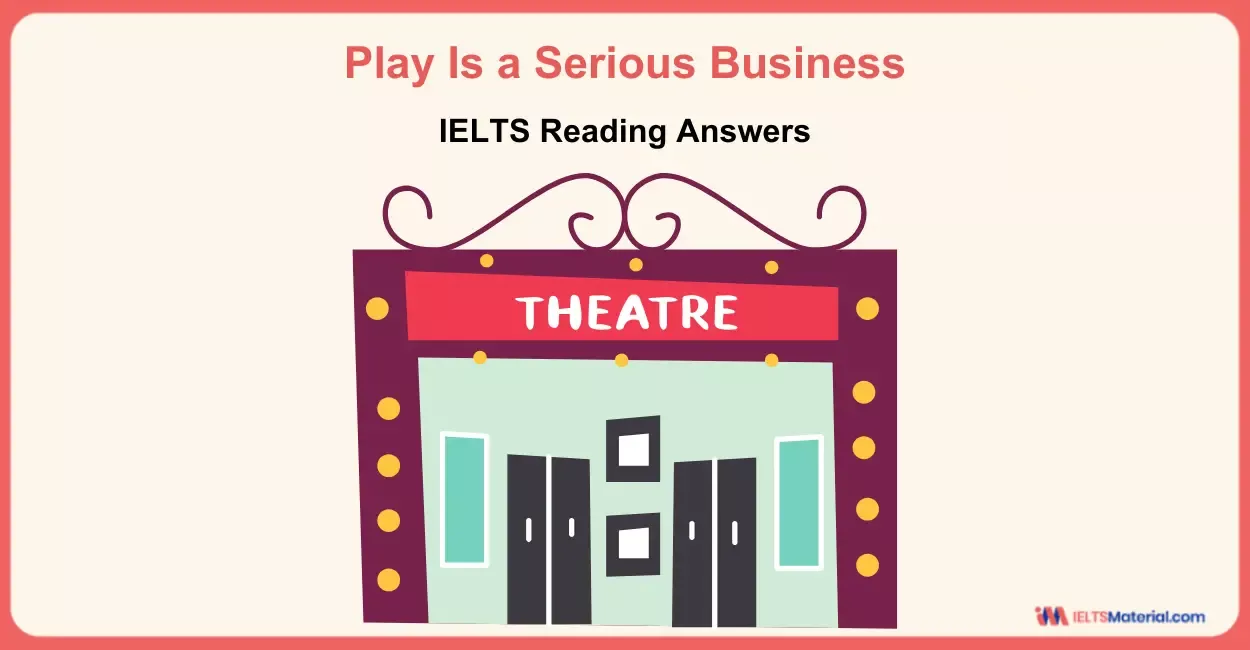
Nehasri Ravishenbagam
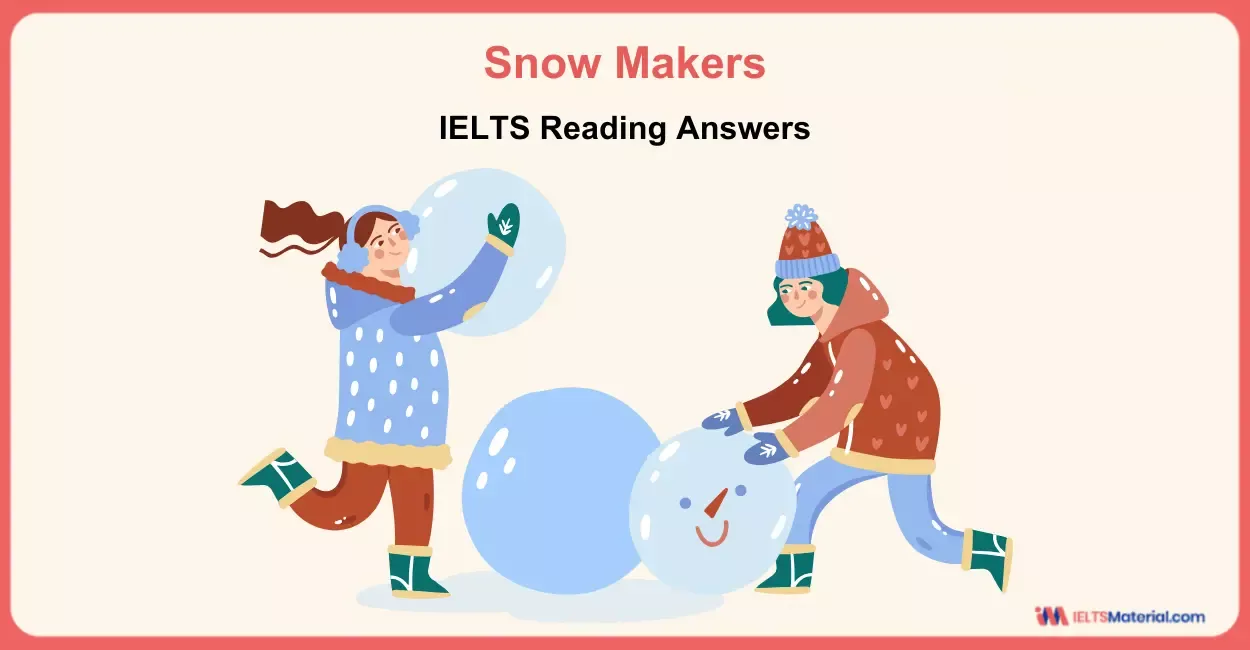
Kasturika Samanta
Recent Articles

Kasturika Samanta
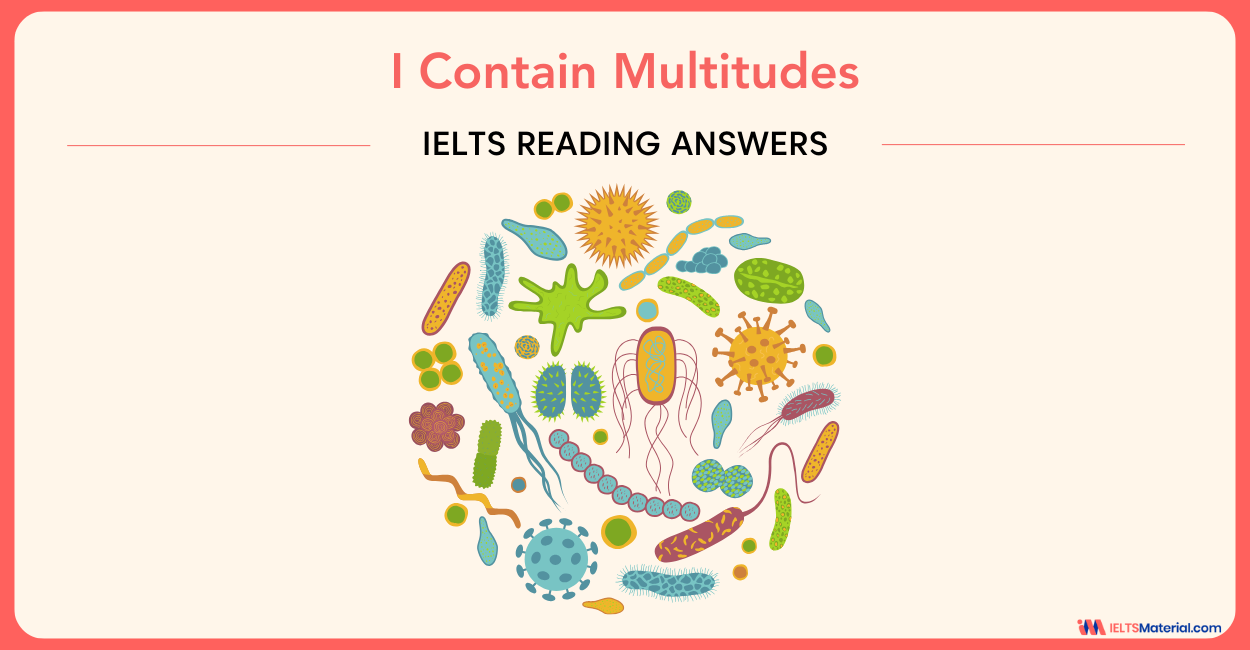
Nehasri Ravishenbagam

Nehasri Ravishenbagam

Kasturika Samanta




Post your Comments